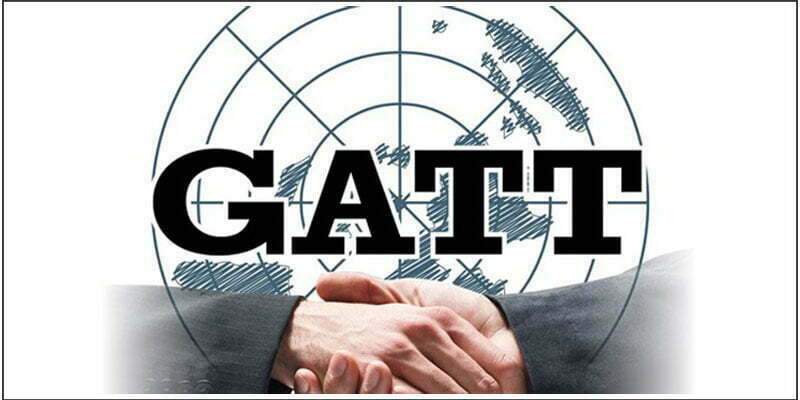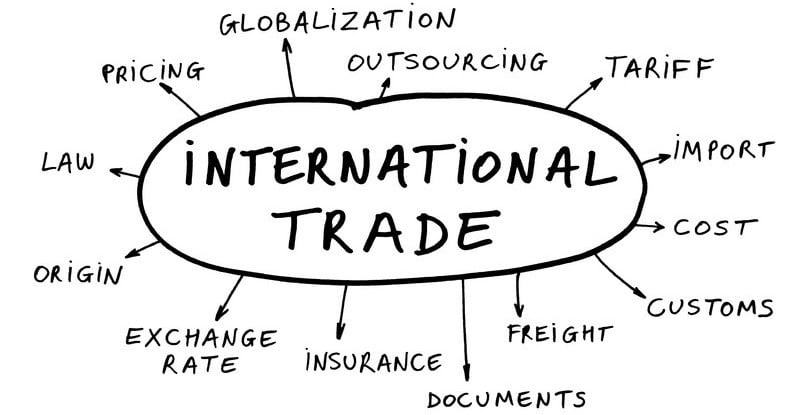WTO
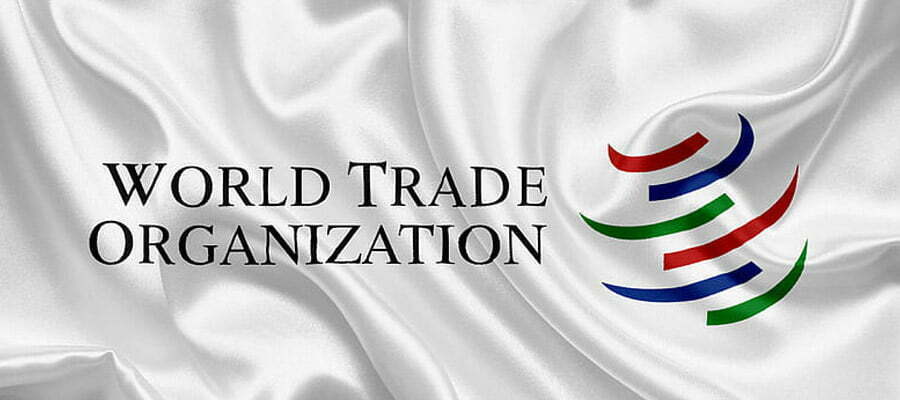
The WTO
The World Trade Organization (WTO) is an international organization that deals with problems related to the rules of trade between nations. At its center are the WTO agreements, which have been negotiated and signed by most of the world’s trading countries and ratified in their parliaments. The goal is to ensure that business flows as smoothly, predictably and freely as possible. WTO, the international organization established to monitor and liberalize world trade.
By the late 1980s, there was a demand for a strong multilateral organization to monitor trade and resolve trade disputes. After the completion of the Uruguay Round of Multilateral Trade Negotiations (1986–94), the WTO began operations on January 1, 1995.
Origin: WTO
It was conceived as one of the key pillars of reconstruction and economic development, along with the International Monetary Fund (IMF) and the World Bank, beginning in the formation of the International Trade Organization (ITO) at the end of World War II.
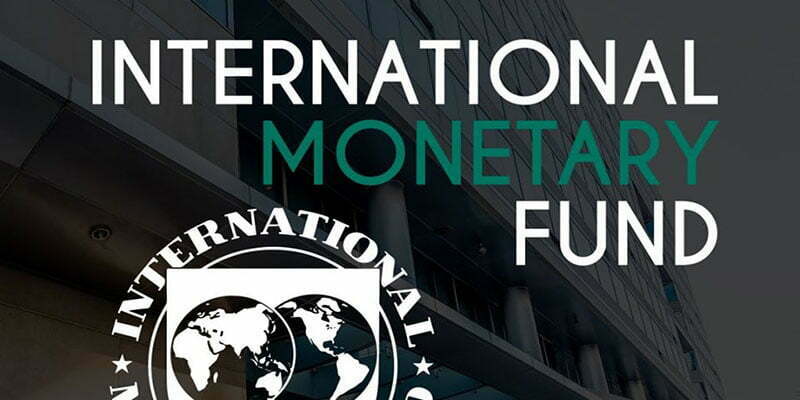
In Havana in 1948, the United Nations Conference on Trade and Employment concluded a draft charter for the International Trade Organization (ITO), known as the Havana Charter. Which established comprehensive rules governing trade, investment, services and trade and employment practices. However, the United States was not able to ratify the agreement.
Meanwhile, an agreement to end the use of import quotas and reduce tariffs on trade, negotiated by 23 countries in Geneva in 1947, came into force on January 1, 1948, as GATT. Although the GATT was expected to be provisional, it was believed to be the only major agreement governing international trade until the creation of the World Trade Organization. The GATT system evolved over 47 years to become a de facto global trade organization, eventually involving about 130 countries. Through a number of different negotiations and visits, the GATT was expanded or amended by a number of supplementary codes and arrangements, interpretations, exemptions, reports by the dispute-settlement panel, and decisions of its council.
In 1994, during the negotiation process that was about to end, the original GATT and all changes made prior to the Uruguay Round were renamed GATT 1947.
This set of agreements was set apart from GATT 1994, which included amendments and clarifications made during the Uruguay Round (called “understandings”) in addition to a dozen other multilateral agreements on trade.
GATT 1994 became an important and integral part of the same agreement that established the WTO.
Under all other major components, the General Agreement on Trade in Services (GATS), which seeks to monitor and liberalize every trade that takes place.
The Convention on All Trade-Related Aspects of Intellectual Property Rights (TRIPS),

including how to protect intellectual property across borders, as a result sought to improve its protection;
an understanding of the rules and procedures governing the settlement of disputes, including establishing rules for resolving conflicts between members;
trade policy review mechanism; documenting all national trade policies and assessing their conformity with WTO regulations;
and four multilateral agreements;
Signed by only one subgroup having WTO membership on civil aircraft, government procurement, dairy products and bovine meat (though the latter two were abolished in late 1997 with the creation of the respective WTO committees).
All of these agreements were signed in April 1994 in Marrakesh, Morocco by the current working members, and upon their ratification, all the contracting parties to the GATT treaty became charter members of the WTO. By 2020, the WTO had more than 160 members.
Objectives and operation: WTO
The six major objectives of the WTO are:
(1) to lay down and enforce rules for international trade,
(2) To provide a forum for dialogue and monitoring of further trade liberalization,
(3) To resolve trade disputes,
(4) To increase the transparency of decision making processes,
(5) cooperating with other major international economic institutions involved in global economic management, and
(6) To help developing countries to fully benefit from the global trading system.
Although shared by GATT, in practice these goals have been pursued more broadly by the WTO.
For example, while GATT focused almost exclusively on commodities – although most agriculture and textiles were excluded – the WTO covers all goods, services and intellectual property as well as some investment policies.
In addition, the permanent WTO Secretariat, which replaced the Interim GATT Secretariat, has strengthened and formalized the mechanism for reviewing trade policies and settling disputes.
Because many more products are covered under the WTO than under the GATT and because the number of member states and the extent of their participation has steadily increased – the combined share of WTO members’ international trade now exceeds 90 percent of the global total – open access The markets have grown significantly.
The rules embodied in both GATT and WTO are meant to serve at least three purposes.
First, they try to protect the interests of small and weak countries against discriminatory trade practices of large and powerful countries.
The WTO’s Most Favored Nation and National Treatment Articles stipulate that each WTO member should provide equal market access to all other members and that both domestic and foreign suppliers should be treated equally.
Second, the rules require members to limit trade only through tariffs and to provide market access that is no less favorable than specified in their program (i.e., commitments they make with or with WTO membership). do together). do it later). do), were gone).
Third, the rules are designed to help governments resist lobbying efforts by domestic interest groups seeking special assistance.
Although some exceptions to the rules have been made, their appearance and replication in the main WTO agreements was intended to ensure that the worst excesses are avoided.
Thus by bringing more certainty and predictability to international markets, it was thought that the WTO would enhance economic welfare and reduce political tensions.
Resolution of trade disputes
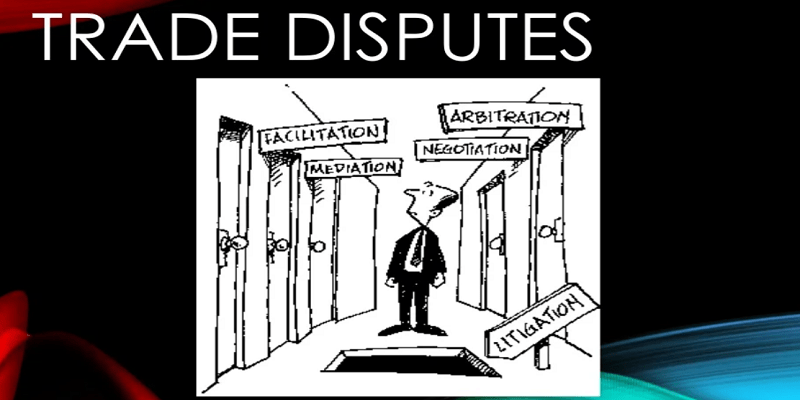
GATT provided an opportunity for resolving trade disputes, a role that was largely strengthened under the WTO. Members commit not to act unilaterally against other members. Instead, they are expected to resort to and comply with its rules and findings through the dispute-settlement system of the WTO. Processes for dispute resolution under GATT have been automated and greatly streamlined, and timetables have been tightened. Dispute resolution begins with arbitration, or bilateral consultations through the “good offices” of the Director-General.
If this fails, an independent panel is formed to hear the dispute. The panel submits a private draft report to the parties for comment, after which it may revise the report before releasing it to full WTO membership. Unlike the IMF and the World Bank, which both use weighted voting, each WTO member has only one vote. However, like the earlier GATT system, most decisions are made by consensus. Unless one or both parties file a notice of appeal or WTO members reject the report, it is automatically adopted and legally binding after 60 days.
The process is to be completed within nine months, and, if an appeal is filed, the WTO appellate body hears and rules out any claims of legal error within 60 days.Unless there is a consensus among the members to do so, appellate decisions are adopted automatically.
The international organisation additionally seeks to boost awareness of the extent and effects of trade-distorting policies, a goal that it accomplishes through annual notification necessities and a policy-review mechanism. Notices of all changes to members’ trade and trade-related policies should be revealed and accessible to their business partners.
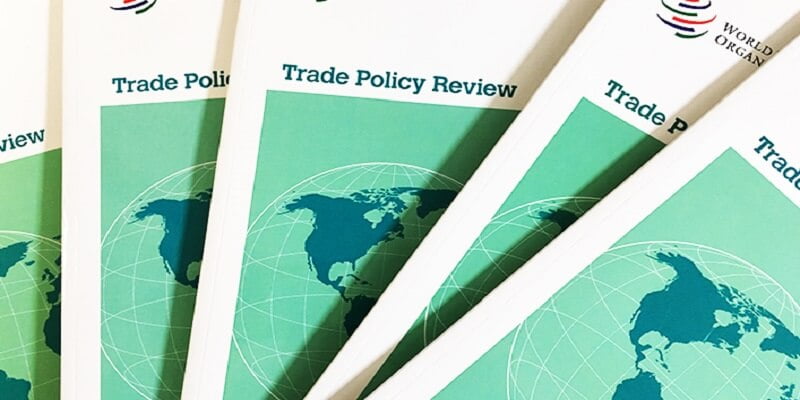
For many developing countries and countries whose economies were antecedently centrally planned, this demand was a serious step towards additional clear governance. The international organisation reviews the trade policies of the world’s four largest traders (the Common Market, the us, Japan and China) once each 2 years, and therefore the policies of ensuing sixteen largest traders once each four years. Review the policies of all others. merchandiser once each six or additional years.
After intensive consultation with the member country beneath review, the international organisation Secretariat publishes its review beside a cooperative report by the country’s government. the method therefore monitors the extent to that members area unit meeting their commitments and provides data on fresh opened markets. It additionally provides a powerful basis for consequent trade negotiations and backbone of trade disputes.
More concerning this supply text.
Assessment
The pace of international economic integration, through multilateral trade negotiations through GATT and WTO visits, has been slower and less comprehensive than some members. Some have suggested that there should be additional integration between subgroups of (often neighboring) member economies – for example, those parties to the European Union, the North American Free Trade Agreement (replaced by the United States-Mexico-Canada Agreement, 2018). sign) and Asia-Pacific economic cooperation—for political, military or other reasons.
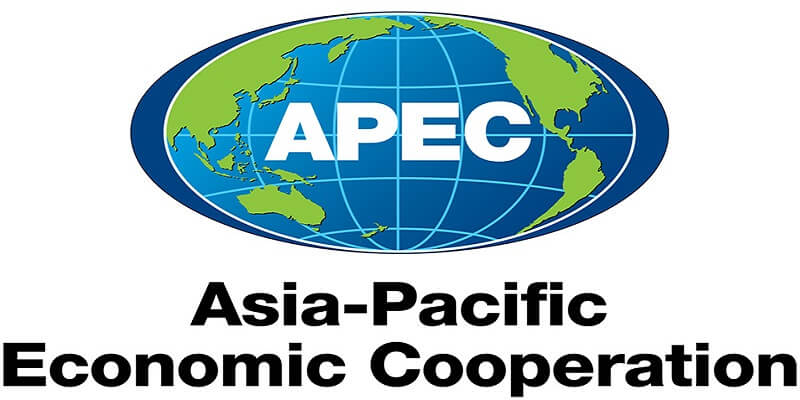
Despite the most favored nation clause in the agreements establishing the WTO, the organization allows such preferential integration under certain conditions. Even though many such integration agreements arguably do not cover “adequately all trade” – a key condition of the WTO – there has been little conflict over the formation of free trade zones and customs unions. The most common lapses from such agreements are politically sensitive sectors such as agriculture. In the late 1990s, the WTO was the target of sharp criticism.
Opponents of economic globalization (see Anti-globalization), and especially those opposed to the growing power of multinational corporations, argued that the WTO violates national sovereignty and allows smaller local firms to struggle to cope with import competition. allows. Promotes the interests of large corporations at a cost. , environmental and labor groups (particularly in wealthy countries) have claimed that trade liberalization causes environmental damage and harms the interests of low-skilled unionized workers.
Protests by these and other groups at WTO ministerial meetings – such as those in Seattle, Washington, the U.S. In 1999 demonstrations – which involved about 50,000 people – became larger and more frequent, partly because the growth of the Internet and social media facilitated large-scale organizing and mass action.
In response to such criticism, supporters of the World Trade Organization claimed that regulating trade is not an effective way to protect the environment and labor rights. Meanwhile, some WTO members, particularly developing countries, opposed efforts to adopt rules that would allow sanctions against countries failing to meet strict environmental and labor standards, arguing that they indirect protectionism.
Despite these criticisms, however, entry into the WTO remained attractive to non-members, as evidenced by the increase in the number of members after 1995. Most importantly, China entered the World Trade Organization in 2001 after years of accession negotiations. The terms of Chinese membership were in some ways more restrictive than those of developing countries, reflecting concerns from some WTO members that such a large and still somewhat planned economy could have an overall negative impact on free trade.
